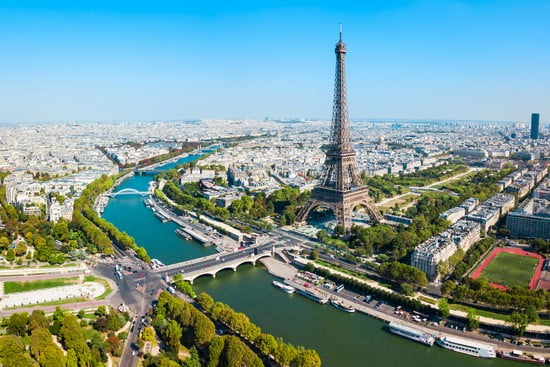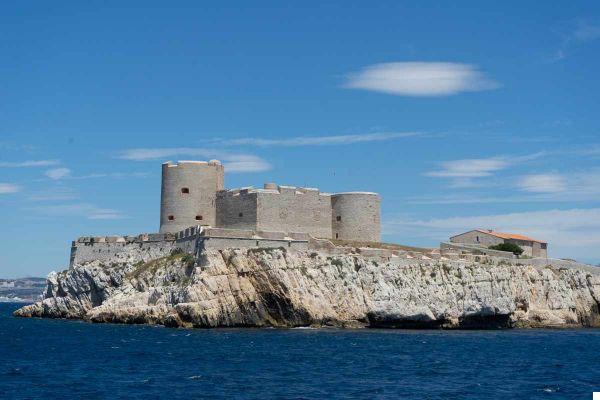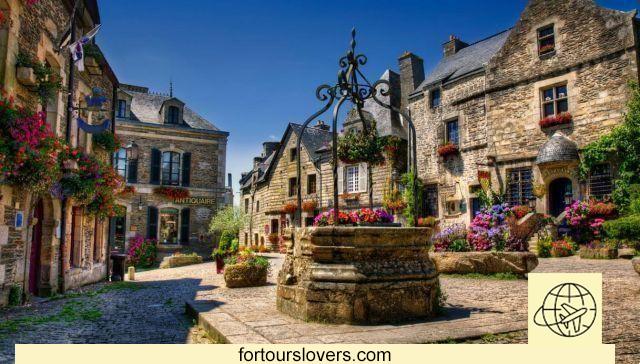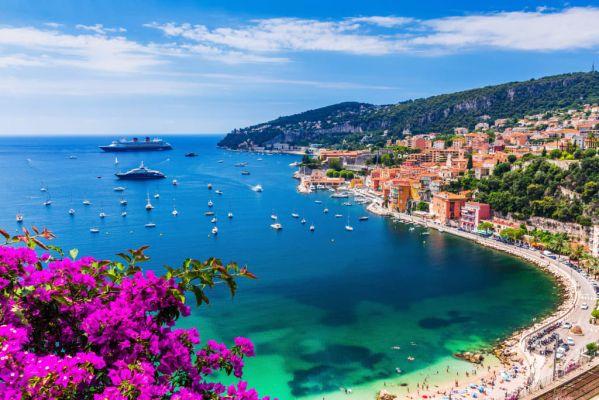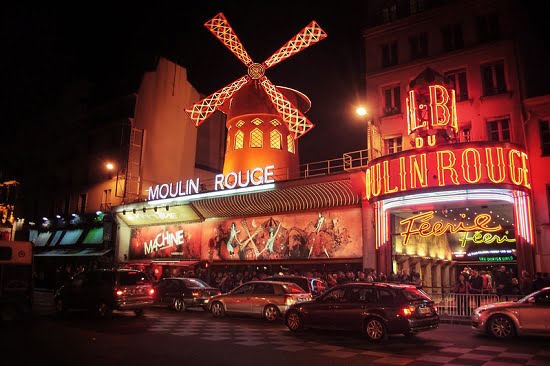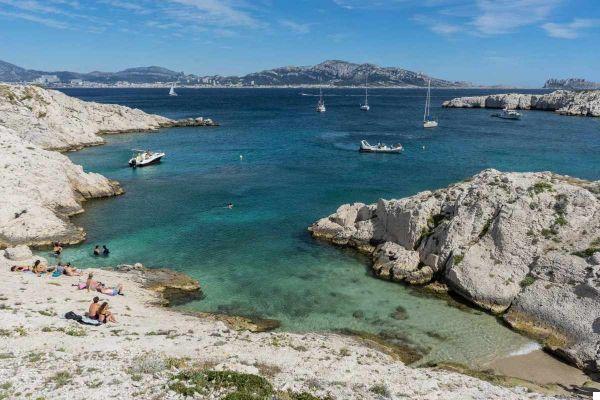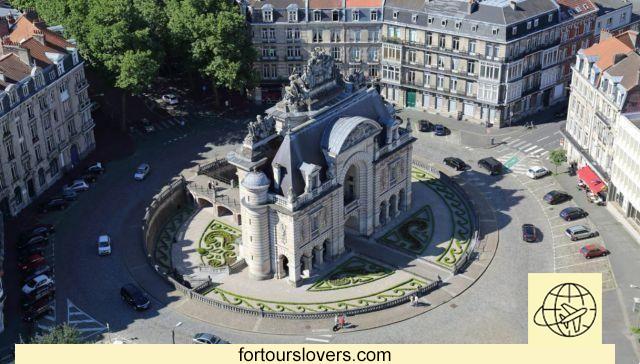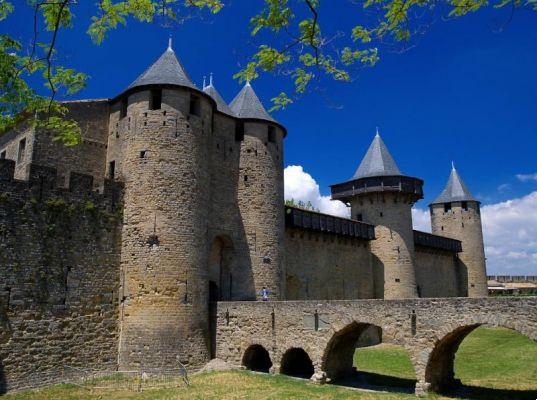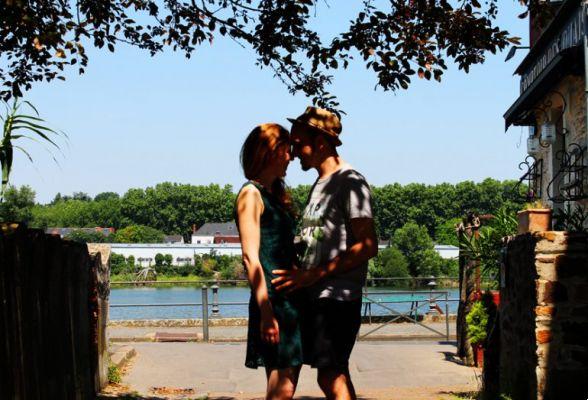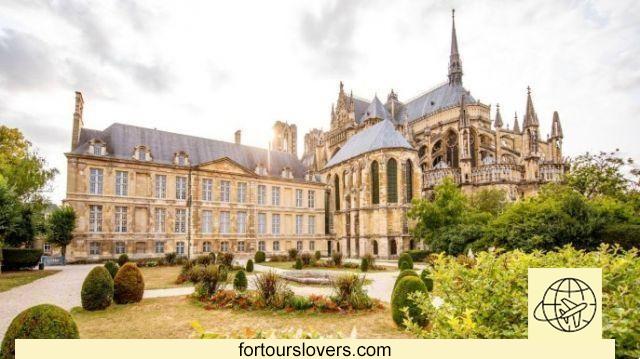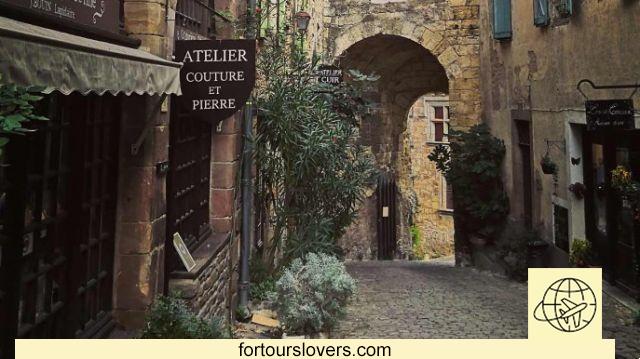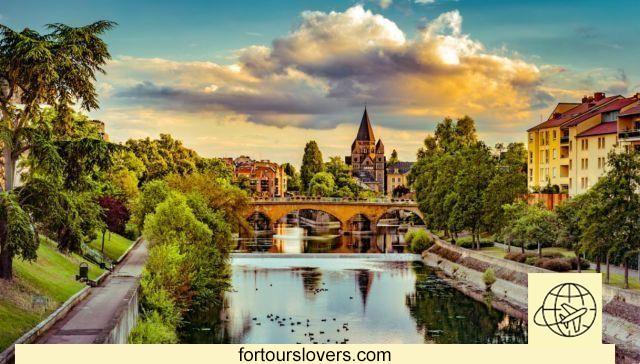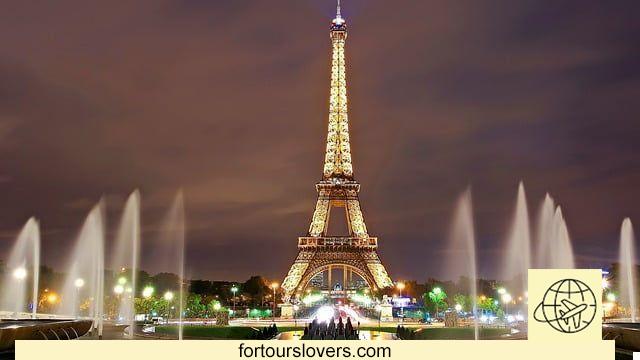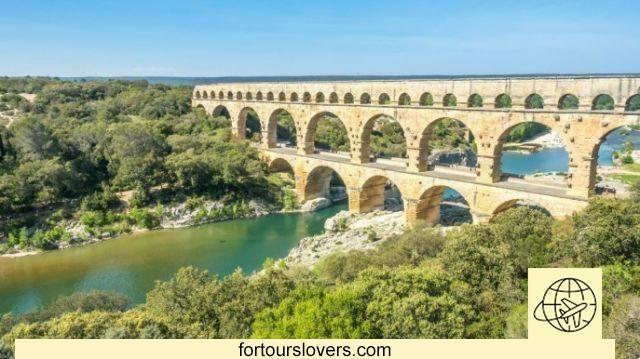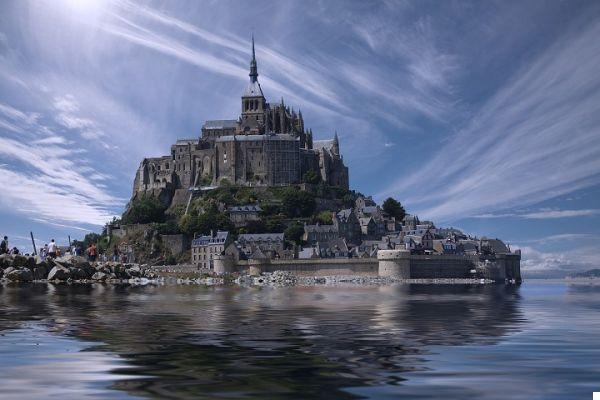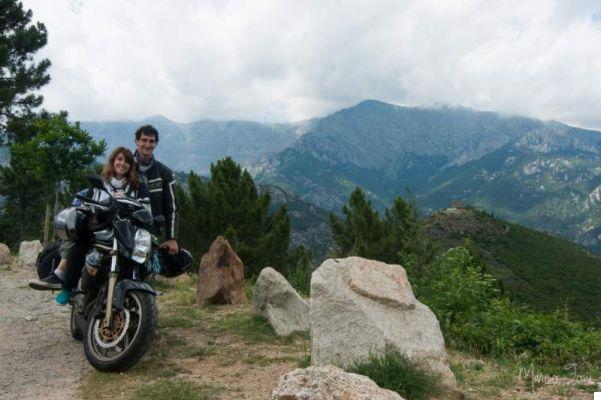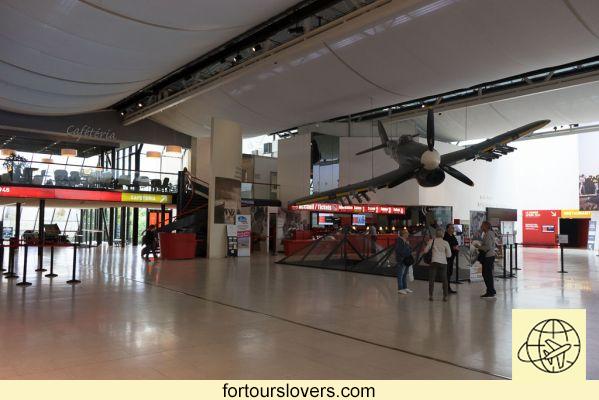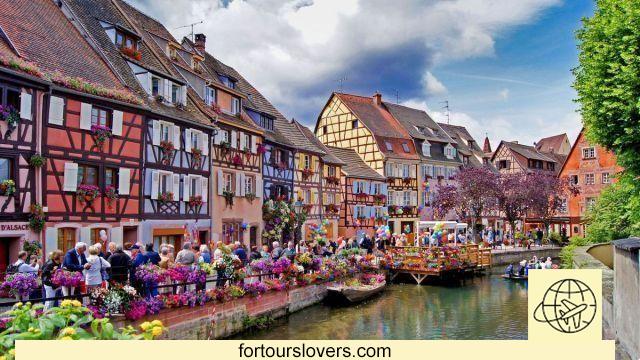
What to see in Colmar, a charming city in the Alsatian region capable of fusing French and German culture between stone houses, Gothic churches and canals.
Colmar is one of the most elegant and evocative towns in Alsace, the French region bordering Germany that over the centuries has passed from one state to another several times depending on the historical period. Due to this proximity, many elements of the two cultures have merged and can be admired in the evocative streets of the historic center of Colmar.
The city has its origins in Roman times, although its urban structure is strongly influenced by the period. medieval. Colmar was considered German territory throughout the Middle Ages until 1648 and then passed to France. In 1871 he returned to Germany, joining France again in 1919, before returning to Germany in 1940 and to France at the end of the Second World War. Precisely during the last conflict, Colmar was heavily bombed to the point that after the war it looked like a razed city, but thanks to meticulous reconstruction and restoration work, the entire urban center was rebuilt and its beauty masterfully restored.
In this guide we will discover the main attractions and the most interesting destinations to visit during a trip to Colmar.
Il Old neighborhood Colmar has preserved the characteristic division into small neighborhoods that followed the presence of the crafts guilds that in the past had organized life in the city and in the narrow streets between the buildings it is possible to admire stone and wood constructions such as the famous Pfister House. This house, which has become one of the symbols of Colmar, was built in the mid-16th century as the residence of a high ecclesiastic and presents the typical characteristics of Alsatian structures, such as the octagonal tower and the slender spiers at the top. .
Another building that represents the Colmar style well is the ancient customs, the former administrative and economic headquarters of the city where a good part of the activities related to commerce took place. This characteristic building with a richly decorated roof housed the goods warehouse and tax office on the ground floor, while on the upper floor, in the so-called Salle de la Décapole, meetings of the Alsatian Decapolis, the alliance of 10 cities, those who between 1300 and 1600 economically dominated the region between Alsace and Lorraine were held.
Staying in the historic center you can visit the suggestive cathedral square, the heart of the city, where you can admire the majestic collegiate church of san martino, one of the most important Gothic churches in the entire region. The façade of the church, made of sandstone typical of the area, is dominated by decorations of the Adoration of the Magi and the Last Judgment, created by skilled craftsmen during the 13th century. The interior of San Martino is a dizzying spectacle with soaring naves that look like a stone forest divided into columns and arches of great elegance and charm, crowned by a wooden crucifix from the 13th century.
Another church of great beauty is the Eglise des Dominicains, a Gothic building now deconsecrated, where you can admire richly decorated and colored stained glass windows while the Musée Unterlinden preserves Martin Schongauer's masterpiece, the Vierge au Buisson de Roses, an exquisite altarpiece invoice. .
In the northern part of the city you can visit, however, one of the most curious monuments of Colmar, a 12-meter-high model of the Statue of Liberty, which was placed in 2004 in honor of augusto bartholdi, the famous artist originally from Colmar who in 1889 created the famous Statue of Liberty in New York together with Gustave Eiffel. Also in honor of Bartholdi, his house museum was inaugurated, where it is possible to closely visit the studio and the sketches that he used to create his most important works.
For art lovers, a stop not to be missed during your visit to Colmar is the Unterlinden Museum, located within the walls of an ancient monastery of Dominican nuns from the 13th century and which preserves a rich collection of works ranging from the first prehistoric artifacts to contemporary installations. Walking through the rooms of the museum is in itself a wonderful experience because it is possible to admire the works exhibited in the magnificent setting of Gothic architecture of the convent and the visit is especially easy thanks to an excellent information system. The crown jewel of the Unterlinden Museum is the magnificent Issenheim Altarpiece, created by Nicolas de Haguenau and painted by Matthias Grünewald.
The museum's artistic heritage also includes a wide variety of local art objects typical of Colmar and Alsatian tradition ranging from the Middle Ages to the Renaissance: weapons and armor, ceramics, jewelry, furniture and much more. In the basement of the museum there are also collections ranging from the Neolithic to 20th century art with works by artists such as Monet, Renoir and Picasso.
To fully capture the spirit of this wonderful city in Alsace, the best way is to visit it during the first two weeks of August, when the entire city comes alive for the performance of the Wine fair, the wine fair, where it is possible to taste the best wine as well as the typical delicacies of the gastronomy of this splendid region. And don't forget to take a walk along the bank of the canal that runs through the city in an area that locals call "Little Venice" for its great beauty and elegance.





